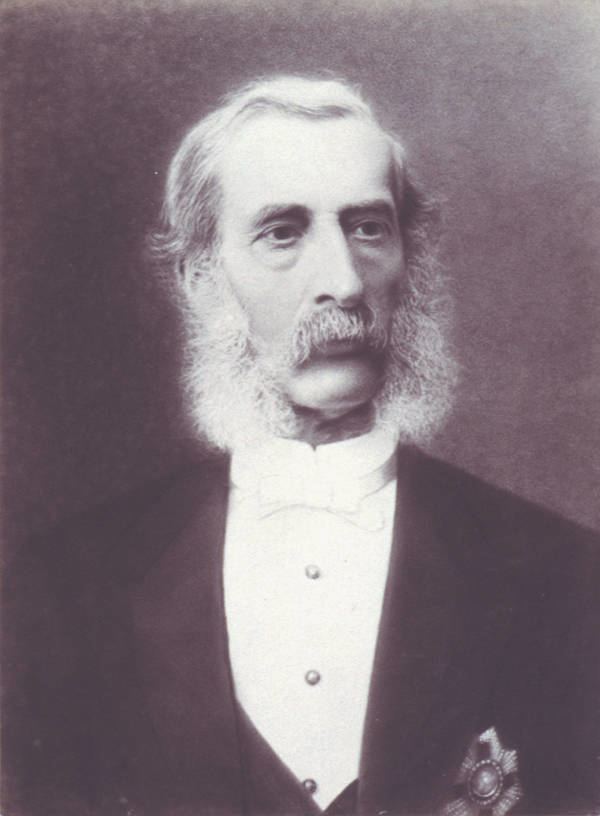Name John Lefroy | ||
 | ||
Died April 11, 1890, Cornwall, United Kingdom Education | ||
Sir John Henry Lefroy (28 January 1817 – 11 April 1890) was an English military man and later colonial administrator who also distinguished himself with his scientific studies of the Earth's magnetism.
Contents

Biography
Lefroy entered the Royal Military Academy, Woolwich in London in 1831 and became a 2nd lieutenant of the Royal Artillery in 1834. When the British government launched a project under the direction of Edward Sabine to study terrestrial magnetism, he was chosen to set up and supervise the observatory on Saint Helena. He embarked on 25 September 1839, for Saint Helena, and carried out his task throughout the following year. In 1842, Lefroy was sent to Toronto as the superintendent of the new Toronto Magnetic and Meteorological Observatory built there as part of that project. He immediately began planning a field expedition to the Canadian northwest to measure magnetism there. With an assistant and a Hudson's Bay Company brigade, he travelled more than 5,000 miles in the Northwest from May 1843 to November 1844, taking measurements at over 300 stations in an attempt to map the geo-magnetic activity of British North America from Montreal to the Arctic Circle, and locate the North Magnetic Pole. They followed the Mackenzie River as far as Fort Good Hope and visited Fort Simpson in the west. On 9 June 1848, Lefroy was made a member of the Royal Society.
Lefroy remained in Toronto until 1853, continuing his observations and managing the observatory. On 16 April 1846, he married his first wife Emily Mary, a daughter of Sir John Robinson, 1st Baronet, of Toronto; they would have two daughters and two sons. Lefroy also helped found the Royal Canadian Institute, where he was the first vice-president in 1851/52 and then president in 1852/53. Before his return to London, he managed the transfer of the Toronto Magnetic and Meteorological Observatory to the provincial government.
Upon his return to London in April 1853, Lefroy held various office positions in the British Army. He became involved in the army reform, and in that function corresponded from 1855 to 1868 with Florence Nightingale. Later, he became Inspector General of army schools and finally in 1868 director of the Ordnance Office. In 1859 his wife died, and on 12 September the following year he married his second wife Charlotte Anna née Dundas (widow of Col. Armine Mountain). When he retired from the army in 1870 with the honorary rank of Major General, he entered the Colonial Service (now the Foreign and Commonwealth Office and was appointed Governor of Bermuda from 1871 to 1877. He left this position due to illness and returned to England, but later served as Administrator of Tasmania from 21 October 1880 to 7 December 1881.
John Henry Lefroy was made a Companion of the Order of the Bath (CB) in 1870, and knighted in 1877 (KCMG).
Legacy
Mount Lefroy in the Rocky Mountains named after John Henry Lefroy, although it appears unclear if James Hector of the Palliser Expedition named it in 1858, or if the name is due to George Mercer Dawson, 1884.
The painting Scene in the Northwest: Portrait of John Henry Lefroy by Paul Kane showing John Henry Lefroy, which had been in possession of the Lefroy family in England, garnered a record price at an auction at Sotheby's in Toronto on 25 February 2002, when Canadian billionaire Kenneth Thomson won the bid at C$5,062,500 including fees (US$3,172,567.50 at the time). Thomson subsequently donated the painting as part of his Thomson Collection to the Art Gallery of Ontario.
In 1960, the Ontario Heritage Foundation, Ministry of Citizenship and Culture erected a Provincial Military Plaque dedicated to Sir John Lefroy (1817-1890) on the University of Toronto campus.
